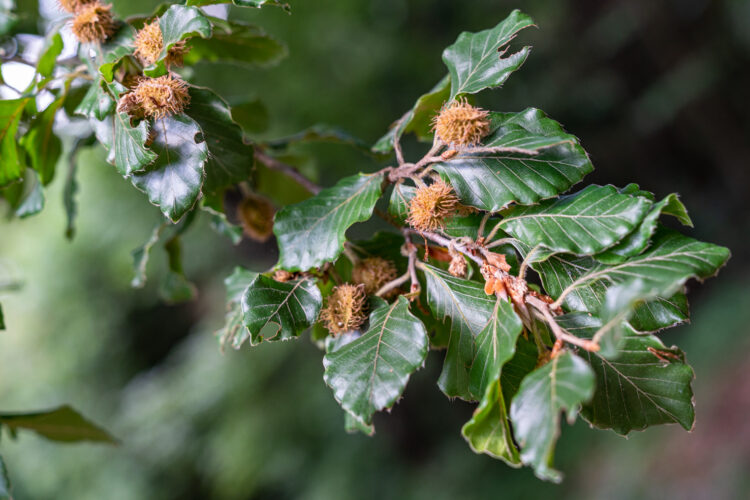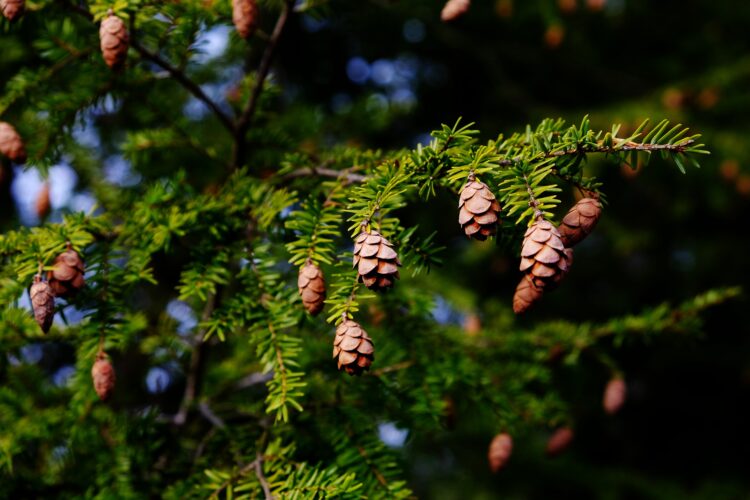
Like characters in the book by Scottish novelist Kenneth Grahame, willow trees appear to hold properties beyond our known world. Their ethereal sway and home-shaped shade cavern is visual poetry that humans are drawn to. Many of us have stories of napping beneath a willow, reading a book while watching the roped branches dance, or scurrying up their sturdy stalks. Their oblong leaves are an early sign of spring, blooming long before their neighboring cottonwood and the few low-light shrubs that appreciate their gumdrop shadows.
Comprised of around 400 species, the deciduous willow tree, or Salix as botanists would have it, can be found alongside waterways and bolstering the soil in marshlands. Almost anywher in the northern hemisphere with a lot of water you’ll find a willow, digging its deep roots into the earth further than the visible plant reaches toward the sunshine.

According to SF Gate, willows propagate by growing catkins filled with pollen that is spread among the trees by insects. The pollinated seeds are finally spread aloft on the wind. The plants can also grow from a cutting or a downed branch, and often have no trouble maintaining their stronghold on the riverbanks. While their deep water-seeking roots will help hold moist soils together, they can be problematic in urban environments; breaking up sewer pipes and clogging drainage systems.

When you’re out on the trail, wondering if it’s a willow tree the singletrack passes beneath, the first clue is water. If you’re not near a fairly substantial body of water, it’s likely not a willow. Additionally, most willow species don’t grow to massive heights, keeping within the 30-70 foot range, and some remain small shrubs.
The weeping willow below, Salix babylonica, has lightly furrowed bark arranged in a diamond-like pattern, similar to that of a White Ash. The raised ridges are lighter than the rest of the bark, giving it a distinctly checkered appearance from a short distance. Like most willow varieties, the tree’s long leaves are oblong in a fat teardrop shape, with no separation or texture at their edges. The leaves emerge in bunches from elongated tubular branches that break off and regrow each season.
Pussy Willows on the other hand produce fuzzy catkins before their leaves come in that look a little like the back end of grey honey bees. The cotton-textured seeds float around in springtime, mixing with Cottonwood seed to remind us of the snow we won’t miss for quite some time.

In addition to their riverbank bolstering properties, willows offer loads of human and animal uses. People as geographically diverse as Syrian and Native American cultures have reportedly chewed willow bark for centuries as a pain reliever, and the first Aspirin was derived from its bark. According to the White Rabbit Institute of Healing, “Willow is one of the four species used ritually during the Jewish holiday of Sukkot. In Buddhism, a willow branch is one of the chief attributes of Kwan Yin, the Bodhisattva of compassion. Willow branches are often used instead of palm branches in Christian churches in Europe and Ukraine on Palm Sunday.”
The species of animals that graze on willows varies based on the tree’s region, with deer, rabbits, birds, squirrels, possums, raccoons, and elk being some of the possible munchers. Aging willow trees can also crack open space for a host of small creatures to call home.

Vignette
Here’s a little excerpt from Wind in the Willows that might spark some trail adventures.
Take the Adventure, heed the call, now ere the irrevocable moment passes!’ ‘Tis but a banging of the door behind you, a blithesome step forward, and you are out of the old life and into the new! Then some day, some day long hence, jog home here if you will, when the cup has been drained and the play has been played, and sit down by your quiet river with a store of goodly memories for company.
Kenneth Grahame, The Wind in the Willows




















0 Comments